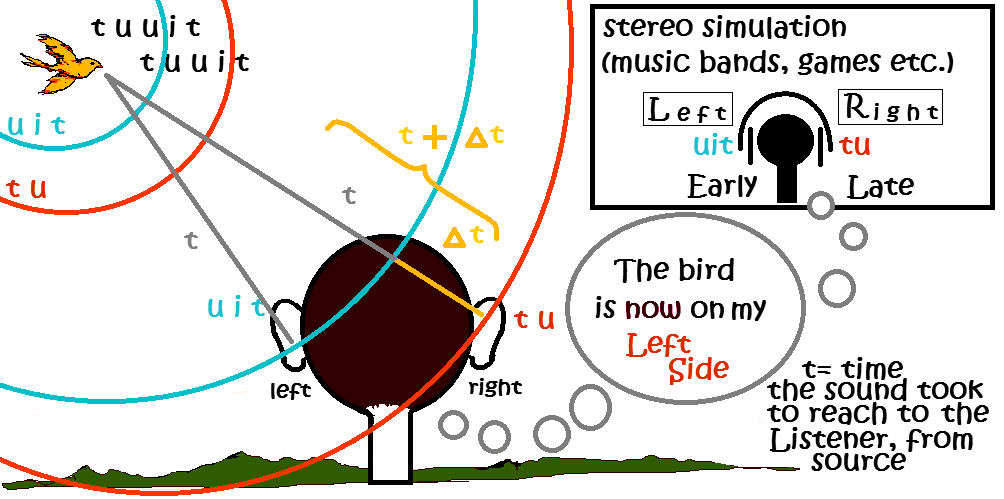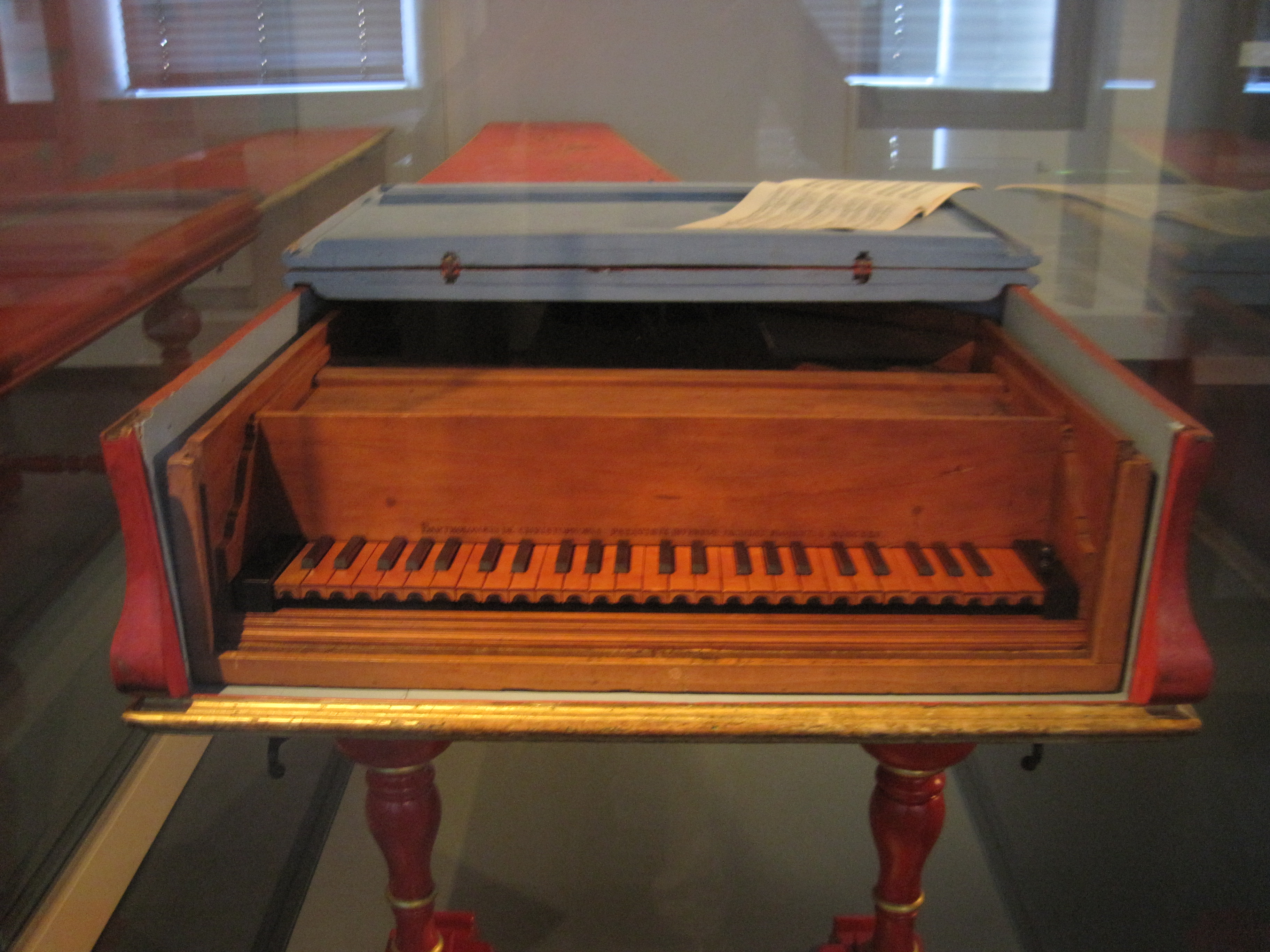|
Tale Spinnin'
''Tale Spinnin is the fifth studio album by Weather Report, recorded and released in 1975, featuring the addition of drummer Leon "Ndugu" Chancler, who was recruited after Joe Zawinul heard him play with Carlos Santana. Weather Report was recording in the studio next door to Ndugu, and asked him to join them for “one session”. That session ended up lasting a week and produced ''Tale Spinnin. Ndugu was asked to join as a permanent member, but decided to stay with Santana. Some Canadian copies of the album list a track entitled "Krampus" on the back of the sleeve. However, this track does not appear on the actual record. Release history In addition to the usual 2-channel stereo version the album was also released by Columbia in 1975 in 4-channel quadraphonic sound on LP record and 8-track tape. The quad LP release was encoded in the SQ matrix system. The quad mixes were performed by Bruce Botnick. The album was reissued in the UK on the Super Audio CD format in 2018 by Du ... [...More Info...] [...Related Items...] OR: [Wikipedia] [Google] [Baidu] |
Weather Report
Weather Report was an American jazz fusion band active from 1970 to 1986. The band was founded in 1970 by Austrian keyboardist Joe Zawinul, American saxophonist Wayne Shorter, Czech bassist Miroslav Vitouš, American drummer Alphonse Mouzon as well as American percussionists Don Alias and Barbara Burton. The band was initially co-led by Zawinul and Shorter but as the 1970s progressed, Zawinul became the primary composer and creative director of the group. Other prominent members throughout the band’s history included bassists Jaco Pastorius, Alphonso Johnson and Victor Bailey (musician), Victor Bailey, drummers Chester Thompson and Peter Erskine, and percussionists Airto Moreira and Alex Acuña. A quintet of Zawinul and Shorter plus a bassist, a drummer and a percussionist was the standard formation for Weather Report. The band started as a free improvising group with avant-garde and experimental electronic leanings (pioneered by Zawinul); when Vitouš left Weather Report (d ... [...More Info...] [...Related Items...] OR: [Wikipedia] [Google] [Baidu] |
Stereo
Stereophonic sound, commonly shortened to stereo, is a method of sound reproduction that recreates a multi-directional, 3-dimensional audible perspective. This is usually achieved by using two independent audio channels through a configuration of two loudspeakers (or stereo headphones) in such a way as to create the impression of sound heard from various directions, as in natural hearing. Because the multi-dimensional perspective is the crucial aspect, the term ''stereophonic'' also applies to systems with more than two channels or speakers such as quadraphonic and surround sound. Binaural sound systems are also ''stereophonic''. Stereo sound has been in common use since the 1970s in entertainment media such as broadcast radio, recorded music, television, video cameras, cinema, computer audio, and the Internet. Etymology The word ''stereophonic'' derives from the Greek (''stereós'', "firm, solid") + (''phōnḗ'', "sound, tone, voice") and it was coined in 1927 by ... [...More Info...] [...Related Items...] OR: [Wikipedia] [Google] [Baidu] |
West African
West Africa, also known as Western Africa, is the westernmost region of Africa. The United Nations defines Western Africa as the 16 countries of Benin, Burkina Faso, Cape Verde, The Gambia, Ghana, Guinea, Guinea-Bissau, Ivory Coast, Liberia, Mali, Mauritania, Niger, Nigeria, Senegal, Sierra Leone, and Togo, as well as Saint Helena, Ascension and Tristan da Cunha ( United Kingdom Overseas Territory).Paul R. Masson, Catherine Anne Pattillo, "Monetary union in West Africa (ECOWAS): is it desirable and how could it be achieved?" (Introduction). International Monetary Fund, 2001. The population of West Africa is estimated at around million people as of , and at 381,981,000 as of 2017, of which 189,672,000 were female and 192,309,000 male.United Nations Department of Economic and Social Affairs, Population Division (2017). World Population Prospects: The 2017 Revision, custom data acquired via website/ref> The region is demographically and economically one of the fastest growing on t ... [...More Info...] [...Related Items...] OR: [Wikipedia] [Google] [Baidu] |
Steelpan
The steelpan (also known as a pan or steel drum) is a musical instrument originating in Trinidad and Tobago from Afro–Trinidadians and Tobagonians, Afro-Trinidadians. Steelpan musicians are called pannists. In 1992, the steelpan was declared Trinidad and Tobago’s national instrument by Prime Minister Patrick Manning. This helped turn the steelpan into a source of national pride and cultural identity, recognized both locally and internationally. In 2023, the United Nations General Assembly declared August 11 as World Steelpan Day. The following year, the Parliament of Trinidad and Tobago officially recognised the steelpan as the country's national instrument. Description The modern pan is a Chromatic scale, chromatically pitch (music), pitched percussion instrument made from 200-litre drum, 200-litre industrial drums. ''Drum'' refers to the steel drum containers from which the pans are made; the steel drum is more correctly called a ''steel pan'' or ''pan'' as it falls int ... [...More Info...] [...Related Items...] OR: [Wikipedia] [Google] [Baidu] |
ARP 2600
The ARP 2600 is a subtractive synthesizer first produced by ARP Instruments in 1971. History Developed by a design team headed by ARP namesake Alan R. Pearlman and engineer Dennis Colin, the ARP 2600 was introduced in 1971 as the successor to ARP's first instrument, the ARP 2500, at a retail price of US$2600. Unlike fully modular synthesizers, which often required modules to be purchased individually and wired by the user, the 2600 is semi-modular with a fixed selection of basic synthesizer components internally pre-wired. It sports clear text labels and front panel screen printed graphics indicating the function of different sections of controls, and the signal flow between them. The 2600 is thus ideal for musicians new to synthesis, due to its ability to be operated without patch cords, while still offering greater flexibility to sound designers who are comfortable using them. On its initial release it was heavily marketed to high schools and universities. Features and arc ... [...More Info...] [...Related Items...] OR: [Wikipedia] [Google] [Baidu] |
Melodica
The melodica is a handheld free-reed instrument similar to a pump organ or harmonica. It features a musical keyboard on top, and is played by blowing air through a mouthpiece that fits into a hole in the side of the instrument. The keyboard usually covers two or three octaves. Melodicas are small, lightweight, and portable, and many are designed for children to play. They are popular in music education programs, especially in Asia. The modern form of the instrument was invented by Hohner in the late 1950s, though similar instruments have been known in Italy since the 19th century. Description The mouthpiece can be a short rigid or semi-flexible plastic piece or a long flexible plastic tube (designed to allow the player to either hold the keyboard so the keys can be seen or lay the keyboard horizontally on a flat surface for two-handed playing). A foot pump can also be used as an alternative to breathing into the instrument. Melodica keyboards typically ascend from a low F not ... [...More Info...] [...Related Items...] OR: [Wikipedia] [Google] [Baidu] |
Piano
A piano is a keyboard instrument that produces sound when its keys are depressed, activating an Action (music), action mechanism where hammers strike String (music), strings. Modern pianos have a row of 88 black and white keys, tuned to a chromatic scale in equal temperament. A musician who specializes in piano is called a pianist. There are two main types of piano: the #Grand, grand piano and the #Upupright piano. The grand piano offers better sound and more precise key control, making it the preferred choice when space and budget allow. The grand piano is also considered a necessity in venues hosting skilled pianists. The upright piano is more commonly used because of its smaller size and lower cost. When a key is depressed, the strings inside are struck by felt-coated wooden hammers. The vibrations are transmitted through a Bridge (instrument), bridge to a Soundboard (music), soundboard that amplifies the sound by Coupling (physics), coupling the Sound, acoustic energy t ... [...More Info...] [...Related Items...] OR: [Wikipedia] [Google] [Baidu] |
Rhodes Piano
The Rhodes piano (also known as the Fender Rhodes piano) is an electric piano invented by Harold Rhodes, which became popular in the 1970s. Like a conventional piano, the Rhodes generates sound with keys and hammers, but instead of strings, the hammers strike thin metal tines, which vibrate next to an electromagnetic pickup. The signal is then sent through a cable to an external keyboard amplifier and speaker. The instrument evolved from Rhodes's attempt to manufacture pianos while teaching recovering soldiers during World War II. Development continued after the war and into the following decade. In 1959, Fender began marketing the Piano Bass, a cut-down version; the full-size instrument did not appear until after Fender's sale to CBS in 1965. CBS oversaw mass production of the Rhodes piano in the 1970s, and it was used extensively through the decade, particularly in jazz, pop, and soul music, as well by many rock artists. It was less used in the 1980s because of competi ... [...More Info...] [...Related Items...] OR: [Wikipedia] [Google] [Baidu] |
Super Audio CD
Super Audio CD (SACD) is an optical disc format for audio storage introduced in 1999. It was developed jointly by Sony and Philips Electronics and intended to be the successor to the compact disc (CD) format. The SACD format allows multiple audio channels (i.e. surround sound or multichannel sound). It also provides a higher bit rate and longer playing time than a conventional CD. An SACD is designed to be played on an SACD player. A hybrid SACD contains a Compact Disc Digital Audio (CDDA) layer and can also be played on a standard CD player. History The Super Audio CD format was introduced in 1999, and is defined by the ''Scarlet Book'' standard document. Philips and Crest Digital partnered in May 2002 to develop and install the first SACD hybrid disc production line in the United States, with a production capacity of up to three million discs per year. SACD did not achieve the level of growth that compact discs enjoyed in the 1980s, and was not accepted by the mainstr ... [...More Info...] [...Related Items...] OR: [Wikipedia] [Google] [Baidu] |
Bruce Botnick
Bruce Botnick (born 1945) is an American audio engineer and record producer. He is best known for co-producing '' L.A. Woman'', the sixth studio album by the Doors, after producer Paul A. Rothchild quit during production of the album. Botnick is also known for producing for Eddie Money and his platinum albums ''Eddie Money'' and '' Life for the Taking,'' as well as Steve Perry's platinum album ''Street Talk''. Botnick also engineered for the Beach Boys and their eleventh studio album ''Pet Sounds'', as well as producing and engineering for acts such as Love, Buffalo Springfield, Dave Mason, the Supremes, Marvin Gaye, the Rolling Stones, as well as film composer Jerry Goldsmith. Early work Botnick engineered Love's first two albums, and co-produced their third album, '' Forever Changes'', with the band's singer-songwriter, Arthur Lee. He also is listed as the one of two recording engineers on the 1965 Curtis Amy LP ''The Sounds of Broadway - The Sounds of Hollywood'' - said to ... [...More Info...] [...Related Items...] OR: [Wikipedia] [Google] [Baidu] |
Stereo Quadraphonic
SQ Quadraphonic ("Stereo Quadraphonic") was a Matrix decoder, matrix 4-channel quadraphonic sound system for Vinyl record, vinyl LP records. It was introduced by Columbia Records, CBS Records (known in the United States and Canada as Columbia Records) in 1971. Many recordings using this technology were released on LP during the 1970s. Record companies who adopted this format include: Angel Records, Angel, CTI Records, CTI, Columbia Records, Columbia (internationally called Columbia Records, CBS Records), EMI, Epic Records, Epic, Eurodisc, Harvest Records, Harvest, His Master's Voice (British record label), His Master's Voice, Seraphim Records, Seraphim, Supraphon and Vanguard Records, Vanguard. With matrix formats, the four sound channels (forward left, forward right, back left, back right) are converted (encoded) down to two channels (left, right). These are then passed through a two-channel transmission medium (usually an LP record) before being decoded back to four channels an ... [...More Info...] [...Related Items...] OR: [Wikipedia] [Google] [Baidu] |






